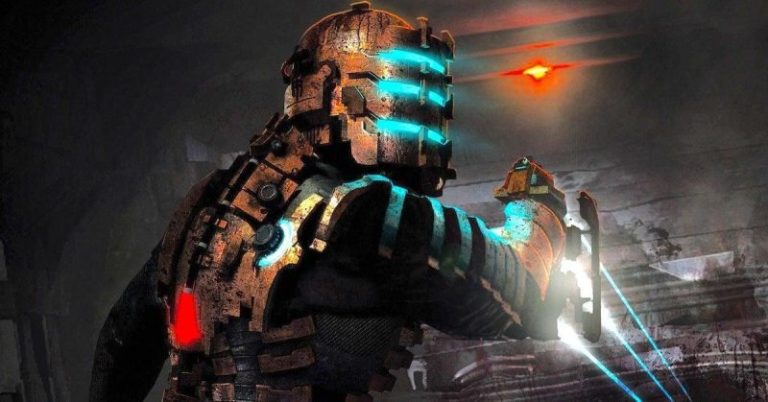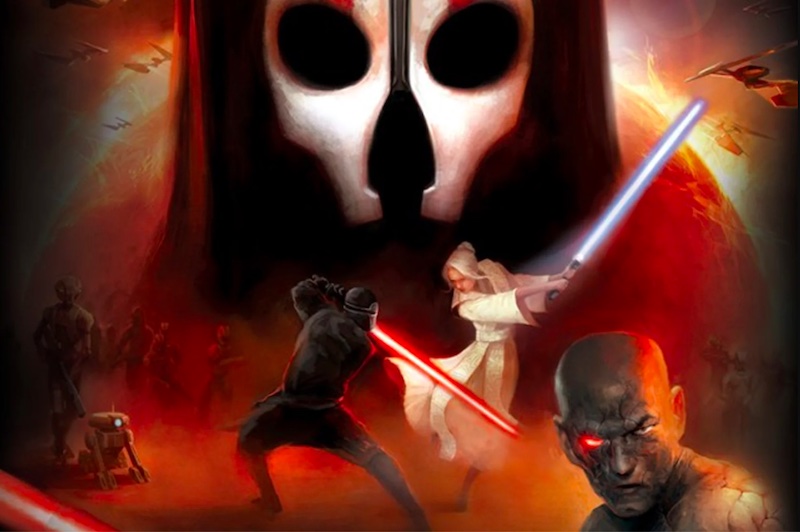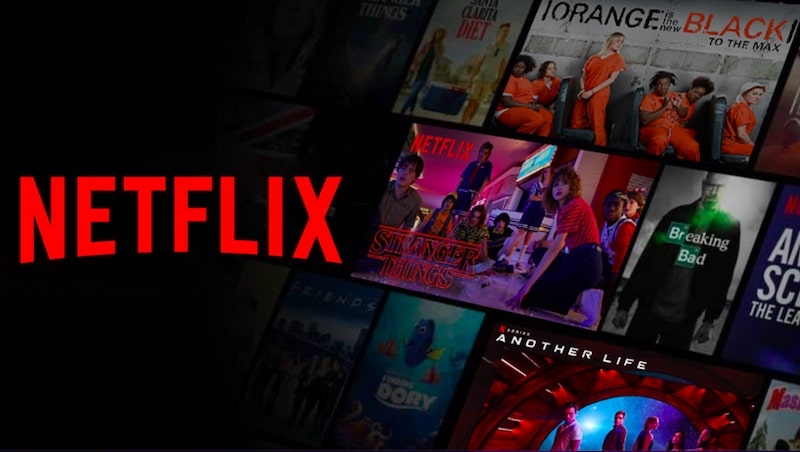How Offline Gaming Is Quietly Trending Again

For years, the gaming industry has pushed harder toward online everything—always-on updates, multiplayer matchmaking, and cloud saves. But recently, something interesting has been happening beneath the surface. More players are turning the Wi-Fi off, disconnecting from servers, and rediscovering the quiet joy of offline play.
This isn’t just nostalgia talking. It’s a growing movement of gamers who are tired of interruptions, forced updates, and connectivity checks that make even single-player titles feel like online chores. The appeal of offline gaming isn’t about rejecting modern tech—it’s about reclaiming control.
The Quiet Comeback
Look closely and you’ll see signs of it everywhere. The rise of handheld PCs like the Steam Deck and ROG Ally has reignited interest in games that can run seamlessly without an internet connection. Indie developers, too, are embracing self-contained single-player experiences that don’t need massive patches or online verification.
For many players, the shift is psychological as much as practical. Offline games let you play on your own terms—whether that’s during a flight, a commute, or a late night when servers are down. It’s freedom from lag, from pop-ups, from the feeling that you’re being tracked every time you boot a game.
Simplicity, Speed, and Stability
Offline gaming has also benefited from how easy installation has become. Years ago, setting up a large PC game meant juggling setup files, patches, and compatibility issues. Today, modern pre-installed packages have streamlined the process dramatically.
Platforms like SteamUnlocked.org have helped shape that experience by offering pre-zipped, ready-to-play titles—no endless installers or registration loops. Players can download, extract, and start playing instantly. It’s a straightforward way to revisit older games or try new ones without the friction of online activation or DRM pop-ups.
As with any popular platform, imitators have surfaced over time. That’s simply the nature of the internet—where there’s demand, there’s duplication. But players have become savvy enough to stick with the official domain to avoid sketchy clones or misleading redirects. In an era full of fake sites, a little caution goes a long way.
Why the Shift Feels Refreshing
Ironically, as technology gets more advanced, what feels fresh again is simplicity. There’s something grounding about booting a game that doesn’t need a login or update queue. It’s immediate, personal, and oddly calming.
You can pause when you want, mod without restrictions, and replay classics without worrying whether the servers will still exist next year. For collectors and preservationists, that autonomy is priceless. Offline gaming has become both an escape and a quiet act of independence.
The Future of Playing Offline
It’s unlikely that online gaming will ever fade—multiplayer and live services are here to stay. But as the industry races forward with AI companions, persistent worlds, and streaming subscriptions, offline play will continue to exist as a comforting counterbalance.
Developers who design with offline accessibility in mind often find a loyal fanbase that values stability over spectacle. And players who rediscover the rhythm of playing without Wi-Fi often wonder how they ever tolerated constant interruptions in the first place.
Maybe the real future of gaming isn’t entirely online or offline—but somewhere in between. A world where players can choose the pace, control their experience, and occasionally pull the plug without losing access to the fun. Because sometimes, the best connection you can make is with the game itself.





